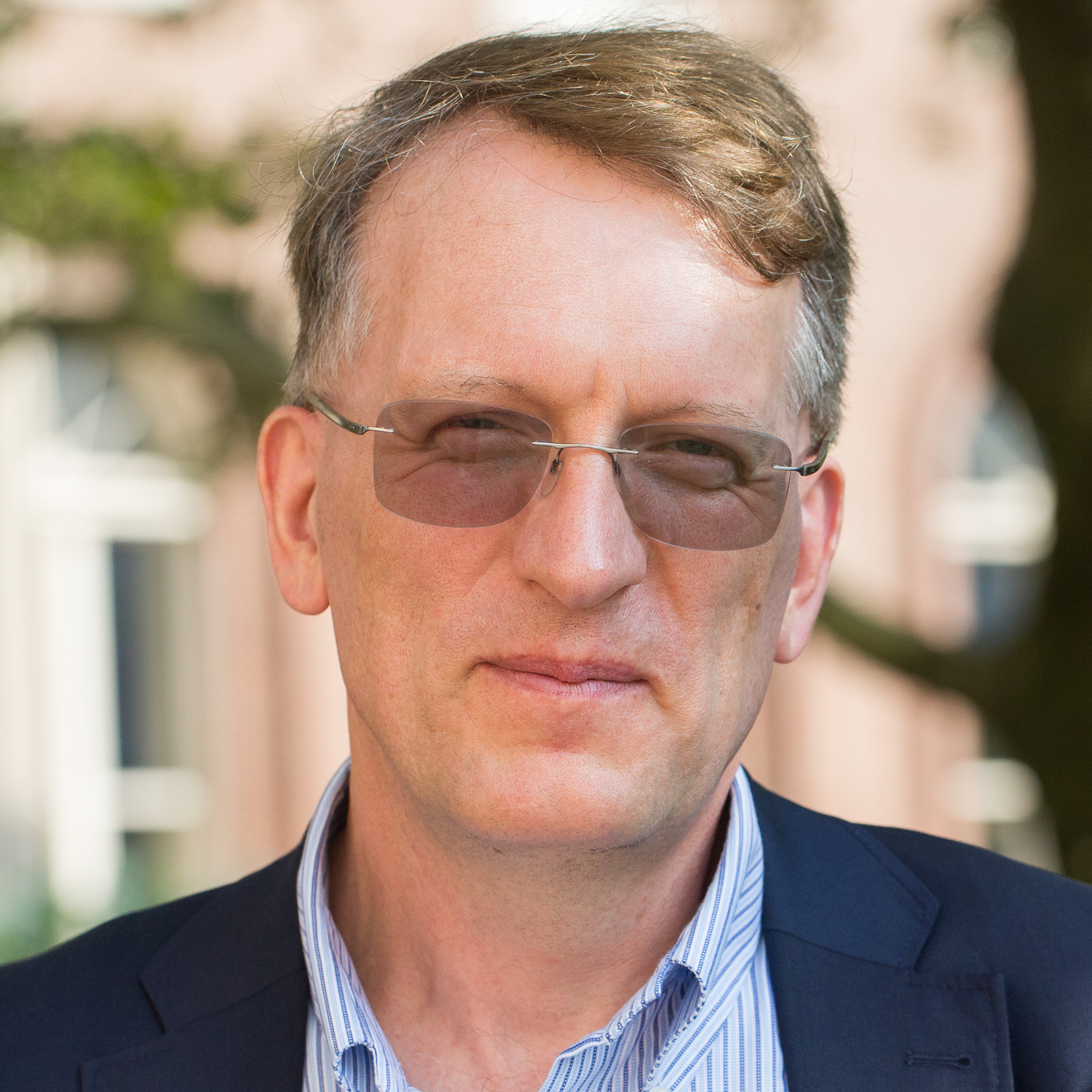Biography
Prof. Henning Schulzrinne is Julian Clarence Levi Professor of Computer Science at Columbia University. He received his undergraduate degree in economics and electrical engineering from the Darmstadt University of Technology, Germany, his MSEE degree as a Fulbright scholar from the University of Cincinnati, Ohio and his Ph.D. from the University of Massachusetts in Amherst, Massachusetts. He was a member of technical staff at AT&T Bell Laboratories, Murray Hill and an associate department head at GMD-Fokus (Berlin), before joining the Computer Science and Electrical Engineering departments at Columbia University, New York. From 2004 to 2009, he served as chair of the Department of Computer Science. From 2010 to 2011, he was an Engineering Fellow at the Federal Communications Commission (FCC); he is currently the CTO of the FCC.
He is editor of the “Computer Communications Journal”, the “ACM Transactions on Multimedia Computing”, the “ComSoc Surveys & Tutorials” and a former editor of the “IEEE Transactions on Image Processing”, “Journal of Communications and Networks”, “IEEE/ACM Transactions on Networking” and the “IEEE Internet Computing Magazine”.
He has been a member of the Board of Governors of the IEEE Communications Society and is vice chair of ACM SIGCOMM, former chair of the IEEE Communications Society Technical Committees on Computer Communications and the Internet and has been technical program chair of Global Internet, IEEE Infocom 2000, ACM NOSSDAV, IEEE IM, IPTComm 2008, IFIP Networking 2009 and IPtel and general co-Chair of ACM Multimedia 2004 and ICNP 2009. He serves on the Internet2 Applications, Middleware and Services Advisory Council and have led a working in the NSF GENI project. He also has been a member of the IAB (Internet Architecture Board). He serves on a number of conference and journal steering committees, including for the IEEE/ACM Transactions on Networking.
He has published more than 250 journal and conference papers, and more than 70 Internet RFCs. Protocols co-developed by him are now Internet standards, used by almost all Internet telephony and multimedia applications. His research interests include Internet multimedia systems, quality of service, and performance evaluation.
He served as Chief Scientist for FirstHand Technologies and Chief Scientific Advisor for Ubiquity Software Corporation. He is a Fellow of the IEEE, has received the New York City Mayor’s Award for Excellence in Science and Technology, the VON Pioneer Award, TCCC service award and the IEEE Region 1 William Terry Award for Lifetime Distinguished Service to IEEE.
Keynote title: The smart city is more than 5G – Creating a flexible, heterogeneous and programmable IoT infrastructure
As smart city projects scale up from proof-of-concept demonstrations to production and long-term use, we need to consider features that make smart city efforts sustainable over the long term and avoid stove-piping of sensors and actuators for specific applications. Such complex systems will likely incorporate sensors and actuators owned, controlled and operated by both a variety of governmental entities, from city governments to transit services and airport authorities, and private entities, from shopping malls and private parking lot operators to individual households. Physical devices in such systems will be replaced regularly and sensor or actuators may be moved around or be attached to different networks over time. Programs, both small one-off efforts that may be used to answer a one-time analysis question or help support a large-scale event, and long-term complex ones, such as traffic management, will co-exist, using the same sensor and actuator infrastructure. Software developers will want to work with logical devices, described by function or location, not change their code each time a network interface changes.
I will describe our initial exploration into a system that is designed to scale up IoT infrastructure, by providing naming, lookup, and access control. Devices are identified in ways that are invariant to changes in network location and hardware. Programs rely on lookups that identify sensors and actuators by function, location, time and access right. An attribute-based access control mechanism makes it possible for applications to integrate sensors and actuators from a variety of operators, while respecting their privacy, data confidentiality and resource constraints. Such a system, if integrated with GIS or VR systems, also makes it easy to create “digital twins” of aspects of the city.

